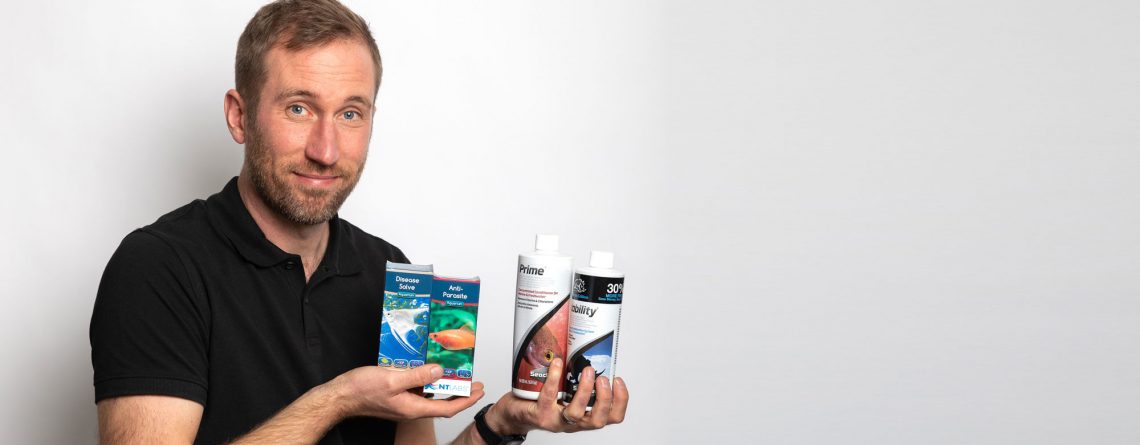Black Brush Algae (BBA)
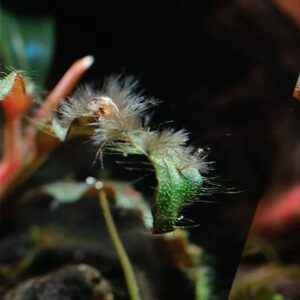
Black brush algae or sometimes referred to as Black beard algae (BBA)
Struggling with Black Brush Algae (BBA)? Learn how to identify and treat this common aquarium problem with our expert tips and advice. Get started now! usually appears as short tufts of black or dark red hair around the edges of plant leaves or on hardscape. BBA on a plant could be an indicator that the plant is under stress and may not be in the best of health. BBA is ugly and can be one of the hardest algae to treat. It is very difficult to remove manually, not many creatures will eat it, and it can create an unsightly mess. BBA can also rear it head if there is a buildup of waste organic materials in the water, such as dead or dying plants or detritus, or the filter is dirty. It has also been observed that fluctuating CO2 levels can often be a factor.
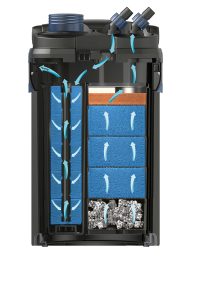 Prevention
Prevention
The best method for BBA prevention is to keep your plants in good health and your water and filters clean. Liquid plant fertilization, good CO2 levels and correct lighting for the plants you keep will all help to make your plants happy, and in turn keep BBA at bay. Keep your filter clean by regularly rinsing your prefilter sponges. Don’t forget all filter media should only ever be cleaned in water taken from your aquarium so as not to kill off any of the beneficial bacteria living amongst it.
Keeping your filter clean will help prevent BBA and other algae types
Old plant growth can be very susceptible to BBA. Trimming the tops of stem plants and replanting them where the old stem grow was will keep the plants growth strong.
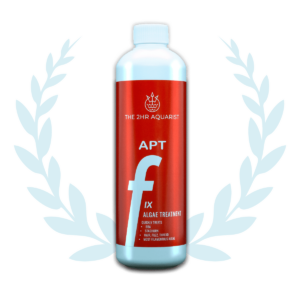
Treatments
BBA can be treated directly using a liquid carbon product such as Seachem Flourish Excel. Take extra care when dosing these types of products, as overdosing can be toxic to both fish and plants! Another product which can be applied directly to BBA is 2hr Aquarist APT Fix. Turn off all filters and circulation pumps and apply directly to affected areas with a pipette or syringe. Always follow the manufacturers dosing guidelines.
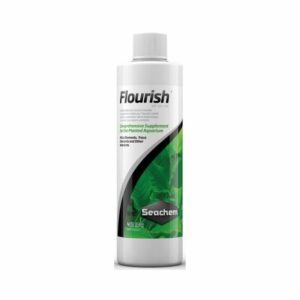
Manual Removal
Black brush algae is one of the hardest forms of algae to remove by hand. It remains vigorously anchored to plants and hardscape. Sometimes a soft toothbrush with be enough to shift it, but in more stubborn cases a stiffer wire brush may be necessary. Cutting badly infected leaves from plants will help encourage new growth which is far less susceptible to BBA.
Black Out
In severe cases, where the whole tank has become infested with BBA, it may be a last resort (before a rescape) to black out the tank. This means turning off all lights and CO2 and completely covering the tank so no light can get through for up to 3 days. Most plants will survive this, but the algae will be unable to photosynthesize and die back. Remember to follow up with a water change and return to weekly water changes and good maintenance practices to prevent further outbreaks.
BBA Eating Fish
Not many fish will eat BBA. The are reports that some species of Mollie will tackle it. The Siamese Algae Eater (Crossocheilus oblongus) is an excellent algae muncher, often happy to nibble at BBA. Always bear in mind the adult size of fish, water parameters and other livestock in your tank before considering any new additions.

